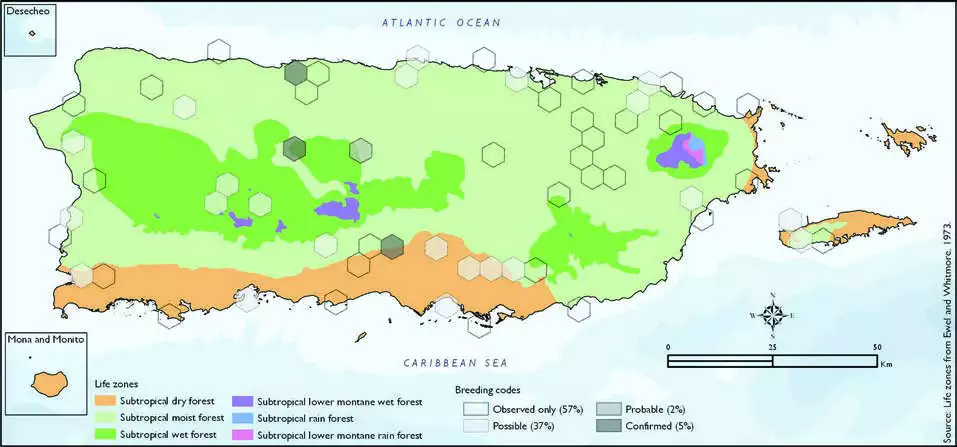Black-crowned Night-Heron
Description
The black-crowned night heron (Nycticorax nycticorax), or black-capped night heron, commonly shortened to just night heron in Eurasia, is a medium-sized heron found throughout a large part of the world, except in the coldest regions and Australasia (where it is replaced by the closely related nankeen night heron, with which it has hybridized in the area of contact).
Adults have a black crown and back with the remainder of the body white or grey, red eyes, and short yellow legs. They have pale grey wings and white under parts. Two or three long white plumes, erected in greeting and courtship displays, extend from the back of the head. The sexes are similar in appearance although the males are slightly larger. Black-crowned night herons do not fit the typical body form of the heron family. They are relatively stocky with shorter bills, legs, and necks than their more familiar cousins, the egrets and "day" herons. Their resting posture is normally somewhat hunched but when hunting they extend their necks and look more like other wading birds.
Distribution & Habitat
The Black-crowned Night Heron occurs worldwide. It is
an uncommon resident species
in Puerto Rico (Oberle 2018,
Raffaele 1989a) and considered a
rare spring resident on Vieques
where breeding is unconfirmed
(Gemmill 2015). In addition, it
also occurs in Mona (Ventosa-
Febles and others 2005). This
species inhabits freshwater
swamps, but also uses brackish
lagoons and salt ponds (Raffaele
and others 1998). It is mostly
nocturnal and usually seen at
dawn or dusk (Oberle 2018,
Raffaele 1989a). The atlas
fieldwork yielded a total of 75 records within 60 hexagons
or 13 percent of the 479 total
hexagons (see map). Of the 60
hexagons where this species
was found, breeding met the
atlas definition of confirmed in
5 percent (3) of the hexagons,
probable in 2 percent (1), and
possible in 37 percent (22), while
the species was observed in
57 percent (34) of the hexagons
but without evidence of breeding
(see map). Black-crowned Night Heron distribution. The map shows the highest breeding code by hexagon and overlaying the ecological life
zones in Puerto Rico. Note: percentages may not total 100 due to rounding.

Breeding Habits
The Black-crowned Night Heron nests in colonies, and nests
are built on trees mainly from
January to late July, but breeding 159Black-crowned Night-Heron/Yaboa Real season may vary, according to previously published reports
(Raffaele and others 1998). Atlas
results indicate that the peak
of the breeding season for this
species is from April to June (see
chart). Results show that this
species breeds in the subtropical
moist forest life zone (58 percent
of the hexagons), subtropical dry
forest life zone (27 percent of the
hexagons), and subtropical wet
forest life zone (15 percent of the
hexagons) (see table and map).14 percent or 86 km2 of the total area covered by the hexagons
where evidence of breeding was
found for this species (622 km2).
Conservation
The Black-crowned Night Heron is listed as a species of least
concern by the IUCN (BirdLife
International 2019). Locally, this
species is not listed in any of the
threatened categories of PRDNER
and USFWS. Locally, this species
is not listed in any of the
threatened categories of PRDNER
and USFWS. In Puerto Rico, the
Black-crowned Night Heron has
a protected habitat in land of
Related Species
Family:
heron